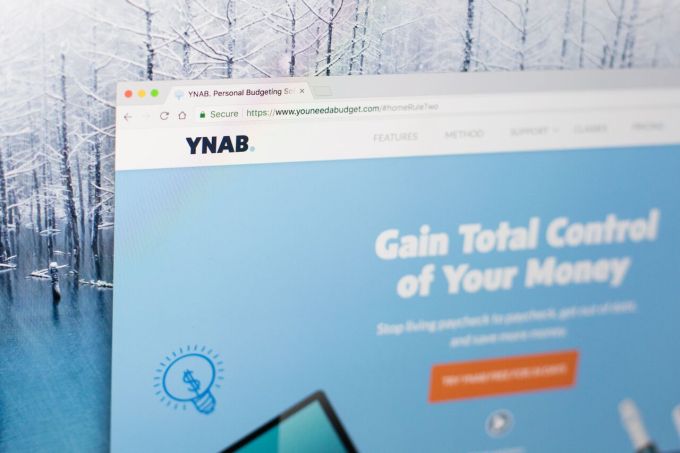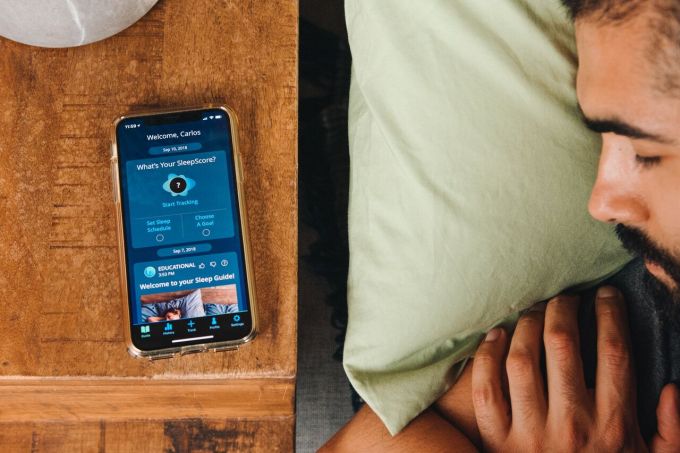I’ve heard it said many times recently by hosts of various Apple-focused podcasts that adapting to the new iPhone XS Max has felt like “coming home.” For these members of the so-called “Plus Club” — the whimsical name referring to the group of users who have chosen Plus models in the past — the return to a device with such a massive display felt instantly familiar, comfortable even.
After a year with the smaller, 5.8-inch iPhone X, I, too, have experienced these feelings of comfort and familiarity. I’ve been testing an iPhone XS Max, a review unit provided to me by Apple, for close to two weeks and am reminded every time I use it why I fell in love with the Plus models. As the old adage goes, bigger is better.
While the headlining aspect of Apple’s newest iPhone is the substantially better camera system, the key story for me, as a visually impaired person, is my return to the largest-screened iPhone. The XS Max is every bit as delightful (and accessible) as the Plus, made better by the inclusion of Face ID and an edge-to-edge display.
Adjusting to the size and weight
At last month’s event, Apple marketing boss Phil Schiller made a point to emphasize the fact that the iPhone XS Max has a larger display — the largest ever on an iPhone, the company says — in a smaller industrial design. This makes it possible, Schiller said on stage, for the XS Max to feel much like an iPhone 8 Plus. In my usage, his comparison seems spot-on; holding the XS Max feels identical to my previous Plus phones.
Why this is noteworthy from an accessibility perspective is a matter of dexterity. If you, like me, have cerebral palsy or other physical motor conditions, the way an object (any object, it isn’t limited to smartphones) feels in your hand when you hold it and carry it warrants serious consideration. In this context, if you have trouble manipulating the XS Max due to such motor delays, that very well may be the determining factor as to whether you choose it or opt for the smaller XS size.
In my review of the iPhone 6s three years ago, I said the 6s Plus wasn’t the phone for me, saying in part that “the Faustian bargain that it presents” was an offer to have a large-screened phone but only at the cost of using a physically unwieldy device. At the time, I reasoned the regular 6s was “good enough,” because I didn’t want such a gargantuan phone.
Not long thereafter, I did indeed switch to the 6s Plus, and I’ve never looked back. Turns out, big displays are the best, and I’ve acclimated to holding the larger device just fine.
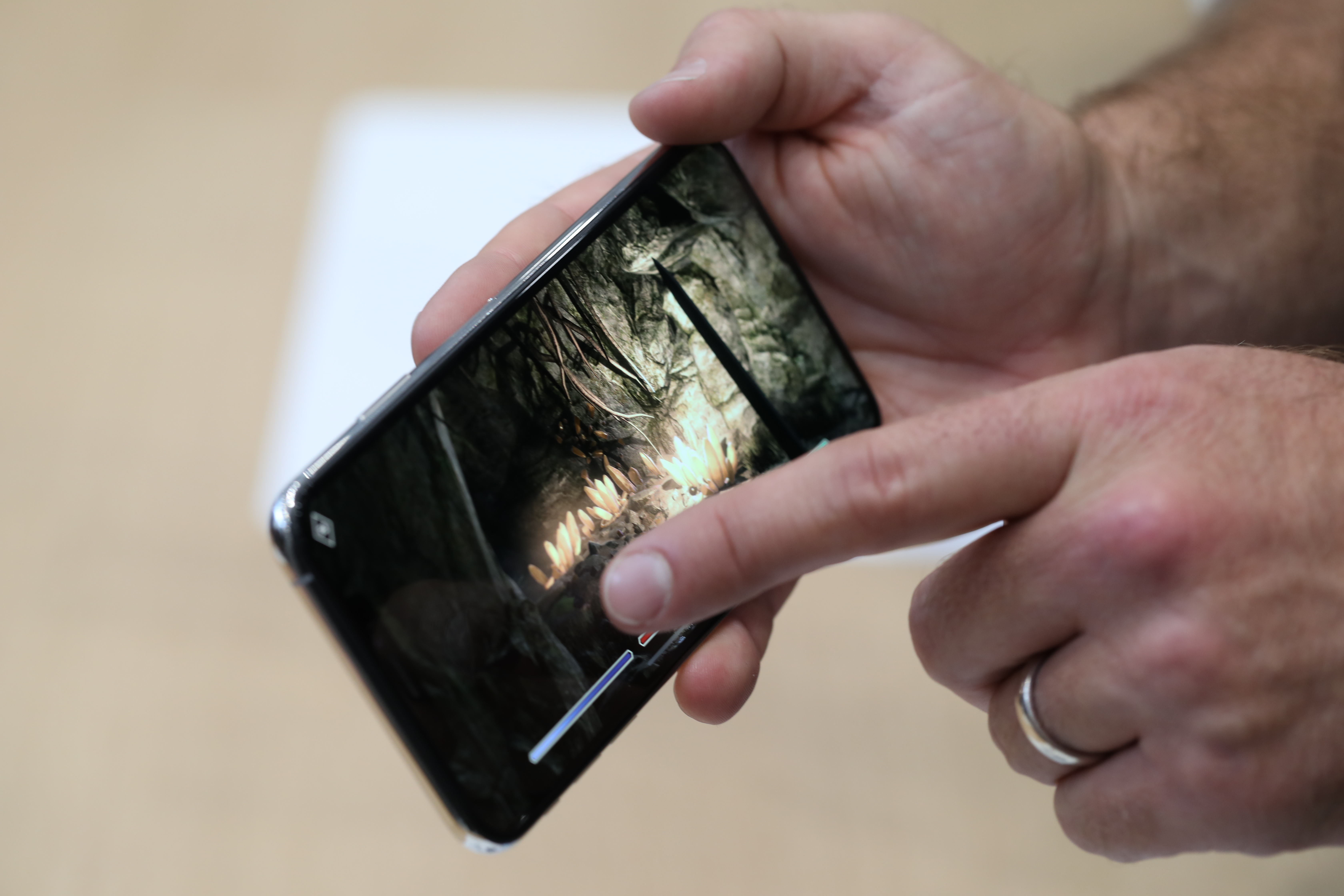
Is the display big enough?
I freely admit to having a few moments of contemplation, in the midst of testing the XS Max with my year-old X nearby, where I wondered if the latter’s 5.8-inch screen was big enough for my needs. (Apple also gave me a regular XS to test, but since the X is nearly identical in size, I haven’t used it as thoroughly as I have the Max.) It isn’t small by any means, and I have enjoyed spending the last year having a relatively large display in a smaller body. The X (and XS, obviously) certainly are easier to carry and pocket than their larger brethren. To be perfectly honest, I never once wished my phone’s screen was bigger the entire time I used the iPhone X.
And yet, to reiterate what I wrote at the outset, as soon as I unboxed the XS Max and restored from my iCloud backup, it really did feel like coming home. Forget OLED, forget pixel density — having a 6.5-inch display is super nice and easier on my eyes. More screen means more content, which means less eye strain and fatigue. Given these factors, it was no contest as to what I prefer. Although I have multiple disabilities, my visual impairment is arguably the most important and the one I should prioritize above all others. I did that, and I’m happier for it.
The iPhone XS Max is, yes, the most accessible iPhone Apple’s built yet.
The lesson here is not insignificant, and illustrates the kind of practical life choices disabled people face on a daily basis. I was extremely pleased by the iPhone X; if it were the only new iPhone Apple released this year, I would jump to the XS. But it isn’t — the XS Max does exist, and the allure of its large display is too strong for me (and my vision) to pass up.
I do miss the Goldilocks-esque “just right” properties of the iPhone X/XS form factor. But if the loss of maneuverability begets a gain in visuals, I’ll make that trade-off every time.
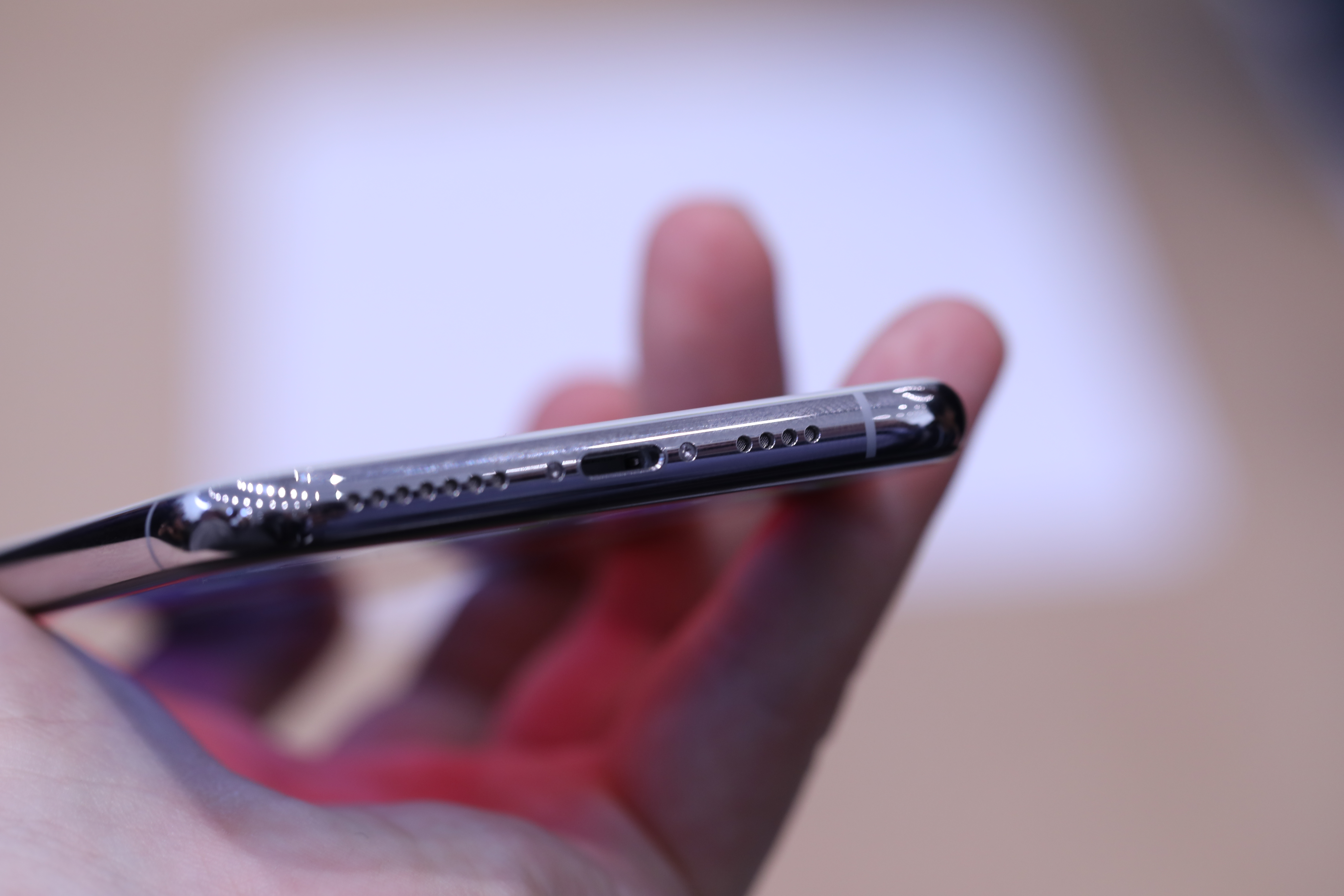
Thoughts on ‘Advanced’ Face ID
When Face ID debuted last year, I soon discovered an issue where it had major problems recognizing my face despite having my face registered with the iPhone X. After some troubleshooting, I found the issue was due to the strabismus in my left eye. The colloquial term for it is “lazy eye,” but it’s a condition whereby one or both of the eyes aren’t set straight, and it wreaked havoc with the TrueDepth camera system. Even with my face “recognized” by the system, my phone would never unlock because Face ID thought I wasn’t looking at the phone even though I knew I was, in fact, definitely looking at it.
The remedy for this was to disable the Require Attention option in Face ID’s settings. When you do so, iOS warns you it makes the facial recognition system less secure than it could be, but it is the only way I can benefit from Face ID like anyone else. I haven’t had any issues for over a year now, and my iPhone X seemed to get better over time at seeing me; this is particularly true at extreme angles, such as when I lean over the phone while it sits on my kitchen table, for instance.
Face ID on the XS Max has been reliable, with Require Attention off, of course. My only quibble continues to be because I typically hold my phone close to my face to see, I’m still not consistently holding it far enough away that it unlocks properly. I get the playful “head shake” animation and enter my passcode more than I’d like, but instinctual habits are hard to break I suppose. At least Face ID learns me better every time I do so, which is a nice bit of machine learning on Apple’s part.
The bottom line
I’ve concluded my last several iPhone reviews by saying each model is “the most accessible iPhone yet.” However trite, I’m compelled to do it yet again because it’s an entirely accurate description.
I’ve been a happy returnee to the Plus Club. The larger display, along with Face ID and the edge-to-edge design, has been a joy to use. The iPhone XS Max is, yes, the most accessible iPhone Apple’s built yet. Truthfully, however, for as good as the XS line is, I’m even more amped at the existence of a blue iPhone, blue being my favorite color. It’s effectively a Max, and I get my blue too.


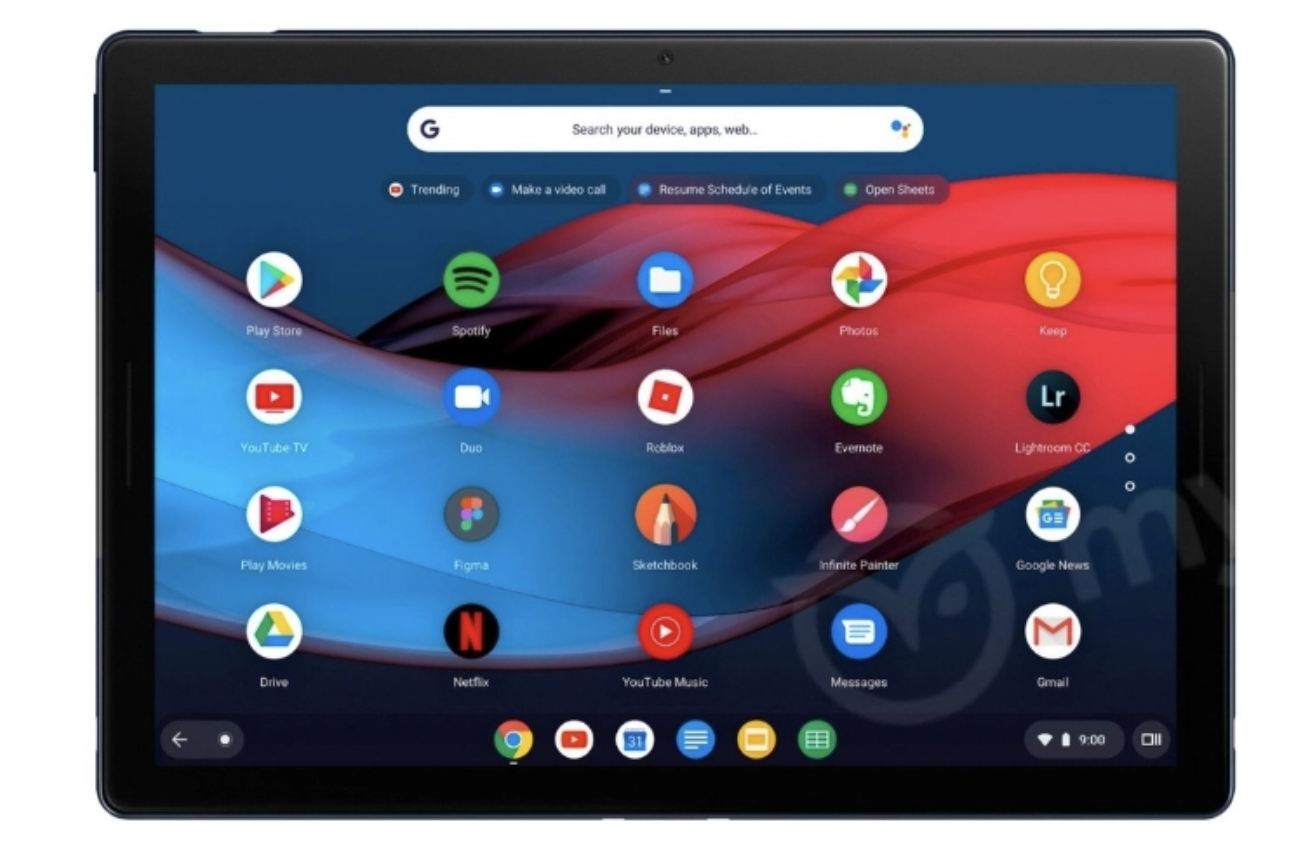


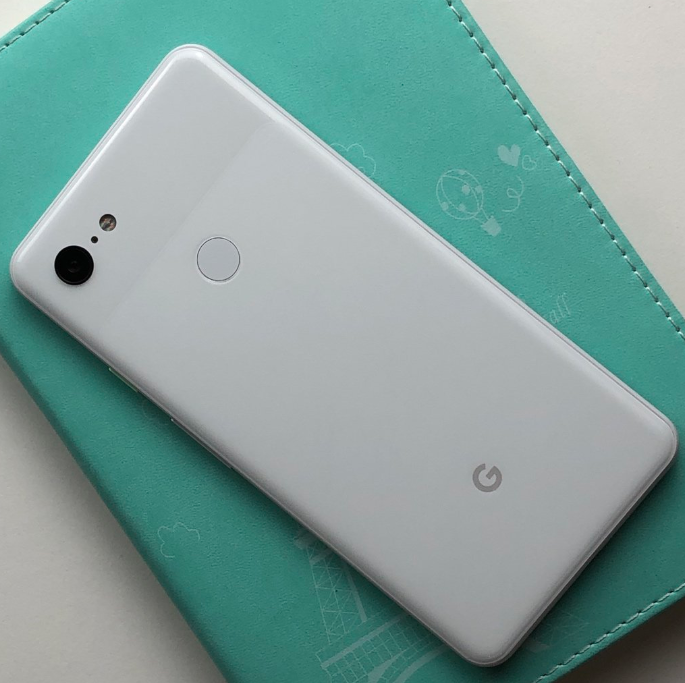
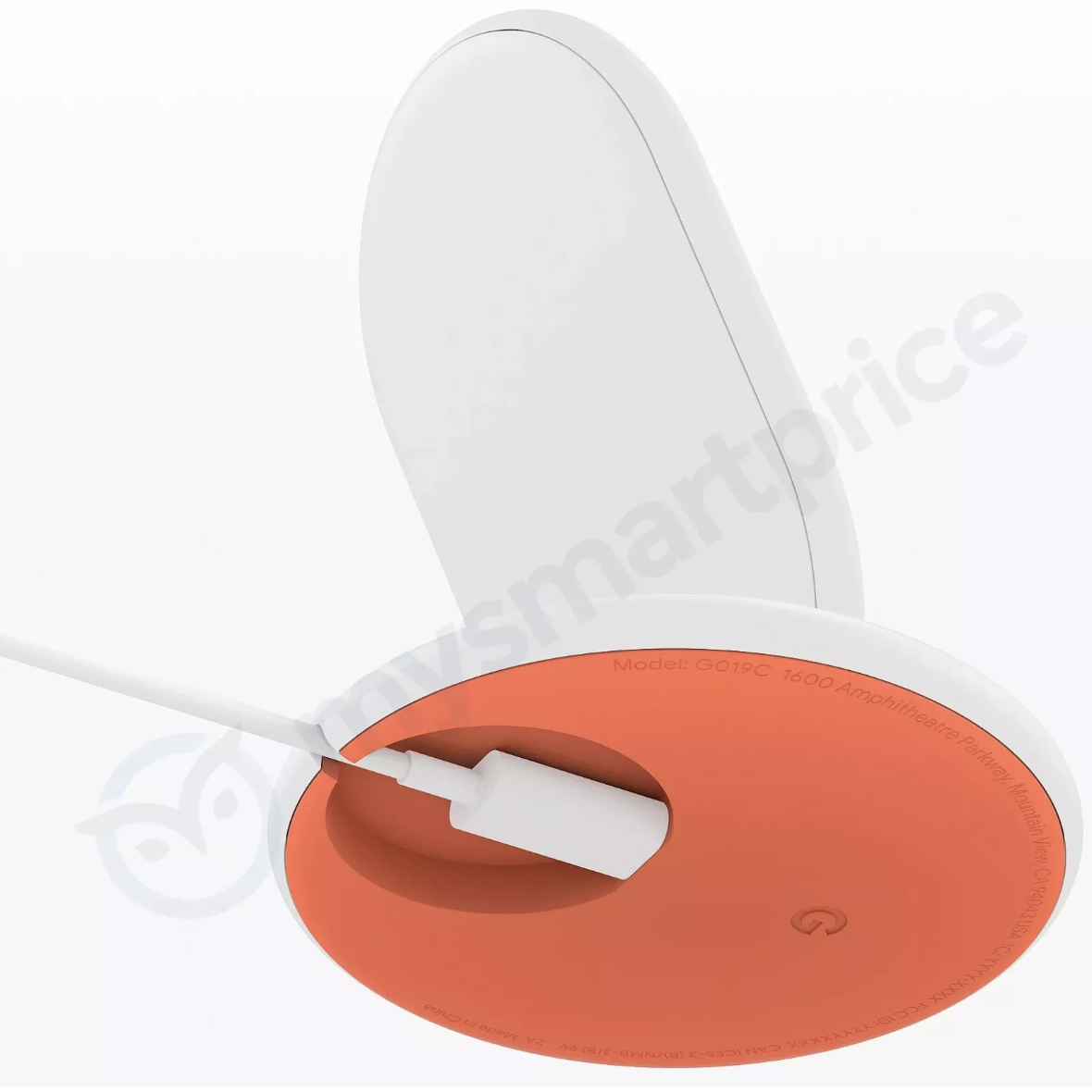 The new phone should also be getting its very own charging stand — similar to one recently
The new phone should also be getting its very own charging stand — similar to one recently 
